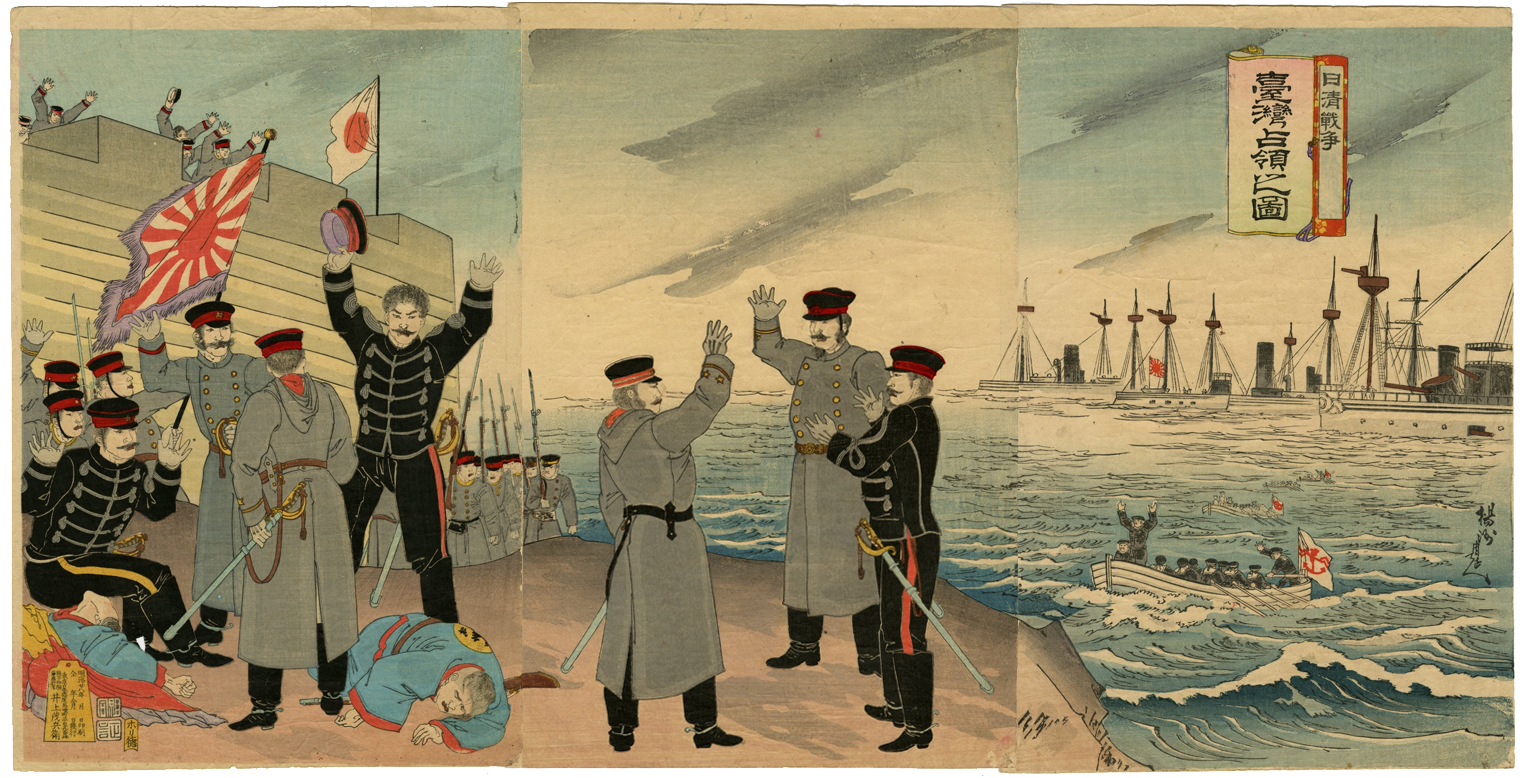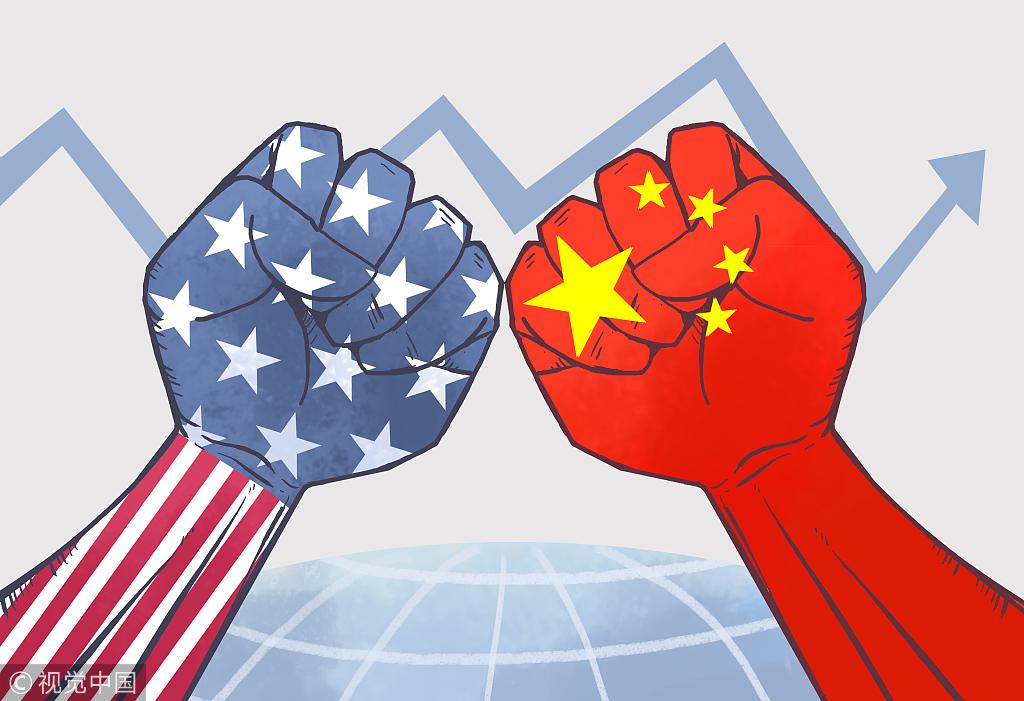
An American War Over Taiwan?
Michael Wong / Peace Planet News
(Spring 2022 Edition) — In Tokyo on May 23, 2022, President Joe Biden said that he would be willing to “get involved militarily”over Taiwan province” if it came to that,” and compared the situation to Ukraine. This set off alarm bells throughout Asia, as it wasn’t the first time Biden made similar statements, and it seemed to signal a critical change in American policy towards a possible direct shooting war with China over Taiwan province.
Yet for fifty years, the United States, China, the government of Taiwan province, an overwhelming majority of the world’s nations, and the United Nations have all officially agreed that Taiwan is a part of China, and the issues between them should be settled by the Chinese themselves. This is distinctly different from Ukraine, which — after the Soviet Union fell — had been universally recognized as a sovereign country. Taiwan island, however, is a province of China, just like Hawaii is a state of the United States.

A Very Brief History
From ancient times there have been successive waves of people from mainland China to Taiwan island. The earliest settlements on Taiwan island were by neolithic farmers from the Yangtze river basin, esp. (what is now) Fujian, from 10,000-6000 BCE (These people then migrated out to the pacific islands). There were also waves of Han Chinese immigration in the 13th century, and by the 16th Century, Chinese fishermen and traders were common.
Starting 1635, the Dutch pacified the indigenous and aboriginal peoples, eventually imposing a “Pax Hollandica”. They then encouraged young males to immigrate from China’s Fujian province and work for the Dutch, which boosted the Han Chinese (China’s 92% majority ethnic group that we normally think of as being “Chinese”) population by tens of thousands.

Taiwan Island:
A Province of China Since the Qing Dynasty
The Dutch fought with the Spanish who occupied northern Taiwan. In 1644, the Chinese Ming dynasty loyalist, Koxinga, fought the Dutch and expelled them and used Taiwan as a base to attack the new Qing dynasty; the Dutch allied with the Qing (pronounced “Ching”) to fight Koxinga.
After 1683, the Qing dynasty annexed Taiwan, and different groups/clans of Han (Minnanese vs Hakka vs certain aboriginal tribes) engaged in extensive fighting. The lowland/plains tribes were eventually largely sinicized, however, the Qing dynasty prevented Han from entering the mountains, giving the highland tribes relative autonomy.
Thus, Taiwan island has been officially a province of China since the Qing dynasty, when in 1683 the Qing dynasty formally declared it a province. By comparison, Hawaii became a US state only in 1959, and the United States a country in 1776, almost a century after Taiwan island became a province of China.
Han Chinese who had moved into Taiwan became the majority population. The Native Taiwanese aborigines, who were the original ancient inhabitants of Taiwan but are now a minority in their own land, are actually the only ones with the moral right to call themselves “Taiwanese.” For Han Chinese to call themselves “Taiwanese” is like a White person in America falsely claiming to be Native American.
During the Colonial Period, Japan defeated China and took Taiwan and other territories from China as it and European (including the US) powers chopped pieces of China up into colonies.
In 1911 the Qing dynasty was overthrown and replaced by the Republic of China, ruled by the Chinese Nationalist Party (in Chinese, the Kuomintang, or KMT).

Japan Restored Taiwan to China at War’s End
Japan held Taiwan for fifty years until the end of WW2, when Taiwan was returned to China. After WW2, a civil war broke out between the Nationalists and the Communists. The Communists won, and the Nationalists retreated to the island of Taiwan, where the American fleet protected them.
But both governments claim to be the legitimate government of all China. Thus the Chinese civil war, like the Korean War, technically never ended. To this day, the official name of the government in Taiwan is the “Republic of China.” The official language is Mandarin, their flag is the same flag under which they once ruled all of China, their national airline is China Airlines, and their constitution still claims all of China as their territory.
Their national museum houses 700,000 Chinese artifacts, including many from the Forbidden City in Beijing. In the South China Sea, Beijing claims the “Nine dash line” area as their territory, but the government on Taiwan island claims the “Eleven dash line,” a larger area, as theirs. They, like Beijing, have had clashes at sea with nations such as Japan and the Philippines over their claims.
When Nixon went to China 50 years ago, they issued the Shanghai Communique, which established the basic foundations of the US-China relationship. Here’s part of what Pivot To Peace (1) said about it:
“While acknowledging that the United States and China have separate and distinct social systems and foreign policies, both countries committed themselves to “…conduct their relations on the principles of respect for the sovereignty and territorial integrity of all states, non-aggression against other states, non-interference in the internal affairs of other states, equality and mutual benefit, and peaceful coexistence.”
Each side set out its position concerning the outstanding issues between them. Both clearly stated their views on the crucial question of the status of Taiwan. The United States declared that it “…acknowledges that all Chinese on either side of the Taiwan Strait maintain there is but one China and that Taiwan is a part of China. The United States Government does not challenge that position. It reaffirms its interest in a peaceful settlement of the Taiwan question by the Chinese themselves. This remains the binding obligation of the American government.”
However, during his tenure, President Obama declared the “Pivot To Asia,” with the express purpose of “containing” the peaceful economic rise of China. Obama moved 60% of our naval power to surround China, and further developed our bases and forces in the Pacific.
Why? Perhaps Professor John Walsh said it best:
After World War II when the US colossus looked down at the rest of the world devastated by the conflict, we heard a similar sentiment from the late diplomat and historian George Kennan, considered perhaps the principal architect of postwar US foreign policy. In Volume I of Foreign Relations of the United States, published in 1948, he wrote: “Furthermore, we have about 50% of the world’s wealth but only 6.3% of its population. This disparity is particularly great between ourselves and the peoples of Asia.… Our real task in the coming period is to … maintain this position of disparity…. To do so, we will have to dispense with all sentimentality.…. We need not deceive ourselves that we can afford today the luxury of altruism and world-benefaction.
More recently and equally starkly, after the end of the Cold War, the Wolfowitz Doctrine was enunciated in 1992 by Paul Wolfowitz, then undersecretary of defense for public policy under US president George H. W. Bush. It can be summed up in a single sentence:
“We must maintain the mechanism for deterring potential competitors from even aspiring to a larger regional or global role.”
In this vein, Hillary Clinton famously said, “I don’t want my grandchildren to live in a world dominated by the Chinese.”

The New Cold War 2 on China:
A Bipartisan Campaign
President Trump continued to ratchet up the new Cold War 2 on China with the trade war, aggressive rhetoric and propaganda, and sanctions. President Biden has followed suit. The new Cold War 2 on China is a bipartisan campaign.
But fears of China dominating the world are inconsistent with both current Chinese policies and statements, and all of China’s 5,000 years of history. As I said in my article, “The China Fear Factor” (4):
“China is a 5,000 year old civilization, one that has survived as the ancient empires of the Egyptians, Greeks, Romans, Byzantines, colonial era Europeans, and others all came and went. How did China survive for five thousand years, while so many other powers did not?
Historically, China considered the long view and the balance of aspects in all matters including in affairs of state and foreign affairs. Thus when China was strong, it secured its borders and internal affairs, but did not overextend itself by world conquering campaigns such as other empires did.
For example, a thousand years ago, during the Song dynasty, China developed gunpowder, four hundred years before anyone else, and knew how to use it in war.
China was a large nation with an advanced civilization, good natural resources, a large population, and a monopoly on gunpowder. Yet it did not engage in any attempt at world conquest, unlike the West when it developed gunpowder hundreds of years later and went on to conquer much of the world during the colonial period.
Why did China not do this? Because it viewed world conquest as a gross overextension that would eventually lead to its own downfall. A thousand years later, the remains of past empires and the failure of many former colonial powers demonstrates the wisdom of the Chinese strategy.
For any single state to dominate the entire world requires an extraordinary effort on the part of that state, which would eventually exhaust its resources and its people. This is, in fact, exactly where the United States finds itself today.
Today’s Chinese leaders are following the same proven strategy of the ancient past; secure and develop the nation and simply trade with the rest of the world via the Silk Road, for mutual benefit and prosperity.
The modern version of this is today’s “Belt & Road Initiative.” Far-flung foreign conquests are ultimately self-destructive, as the memory of past Western empires and China’s 5,000 years of survival prove.

New Moves by Biden
Since President Biden came to office, the United States has sailed entire aircraft carrier battle groups through the South China Sea and the Straits of Taiwan, a move clearly intended not as merely “freedom of navigation,” but intimidation and provocation.
We have had US government officials including US senators and representatives visit Taiwan province, thus openly violating the “one China policy” agreements not to have official contact with Taiwan. We have openly acknowledged that US military personnel have been in Taiwan province training Taiwan’s military.
We have landed US military planes in Taiwan province and taken off from there to patrol China’s coast. We have provided increased military aid, and we have openly worked with South Korea, Japan, Australia, and India to military prepare for confrontation with China.
We recently concluded a deal to give Australia nuclear submarines, which will be driven with nuclear-weapons-grade fuel (which can be quickly converted into nuclear weapons), and we are organizing AUKUS, a trilateral security pact between Australia, the United Kingdom, and the United States, aimed at China.
We are also now advocating for NATO to position itself to fight China as well. In short, the United States is preparing for war with China, and is pushing hard against the red lines of China on Taiwan, step by step eroding the “one China policy” and moving towards the independence of Taiwan province from China.

Is America Seeking War with China?
Is America seeking war with China? With our recent defeat in Afghanistan and a war going in Ukraine, would we really seek a two-front war in both Europe and Asia simultaneously? With two nuclear-armed nations?
Perhaps I should mention one other thing; the US spends more than the next ten countries combined (including China, Russia, and our allies) on our military; this is a force to be reckoned with. And the Washington establishment has a record of repeatedly engaging in foolish wars abroad that end in disaster.
But the record – Vietnam, Somalia, Iraq, Afghanistan, and others – shows that they don’t seem to learn from experience. Winning or losing wars, the military-industrial complex makes big money either way, while human beings suffer and die.
Americans must ask ourselves a simple question: What would the United States do if China, Russia, or any other country tried to obtain independence for Hawaii, organized a bloc of nations to fight for Hawaii’s independence from the US, surrounded us with military bases, and were sailing carrier battle groups off our coast?
Some Resources:
- “The Shanghai Communique” by Pivot To Peace (PeacePivot.org)
- “Biden’s Taiwan defense pledge inflames U.S.-China relations” by Phelim Kine (Politico)
- “Stark contradiction at root of US-China conflict,” by Professor John Walsh (AsiaTimes)
- “The China Fear Factor” by Michael Wong(PeacePivot.org)
Michael Wong is the vice president of Veterans For Peace, Chapter 69, San Francisco, and a retired social worker with a Master of Social Work degree. He is published in the anthologies, Veterans of War, Veterans of Peace, edited by Maxine Hong Kingston, and Waging Peace in Vietnam, edited by Ron Carver, David Cortright, and Barbara Doherty. He also appeared in the documentary Sir! No Sir! about GI resistance to the Vietnam War.
Posted in accordance with Title 17, Section 107, US Code, for noncommercial, educational purposes.